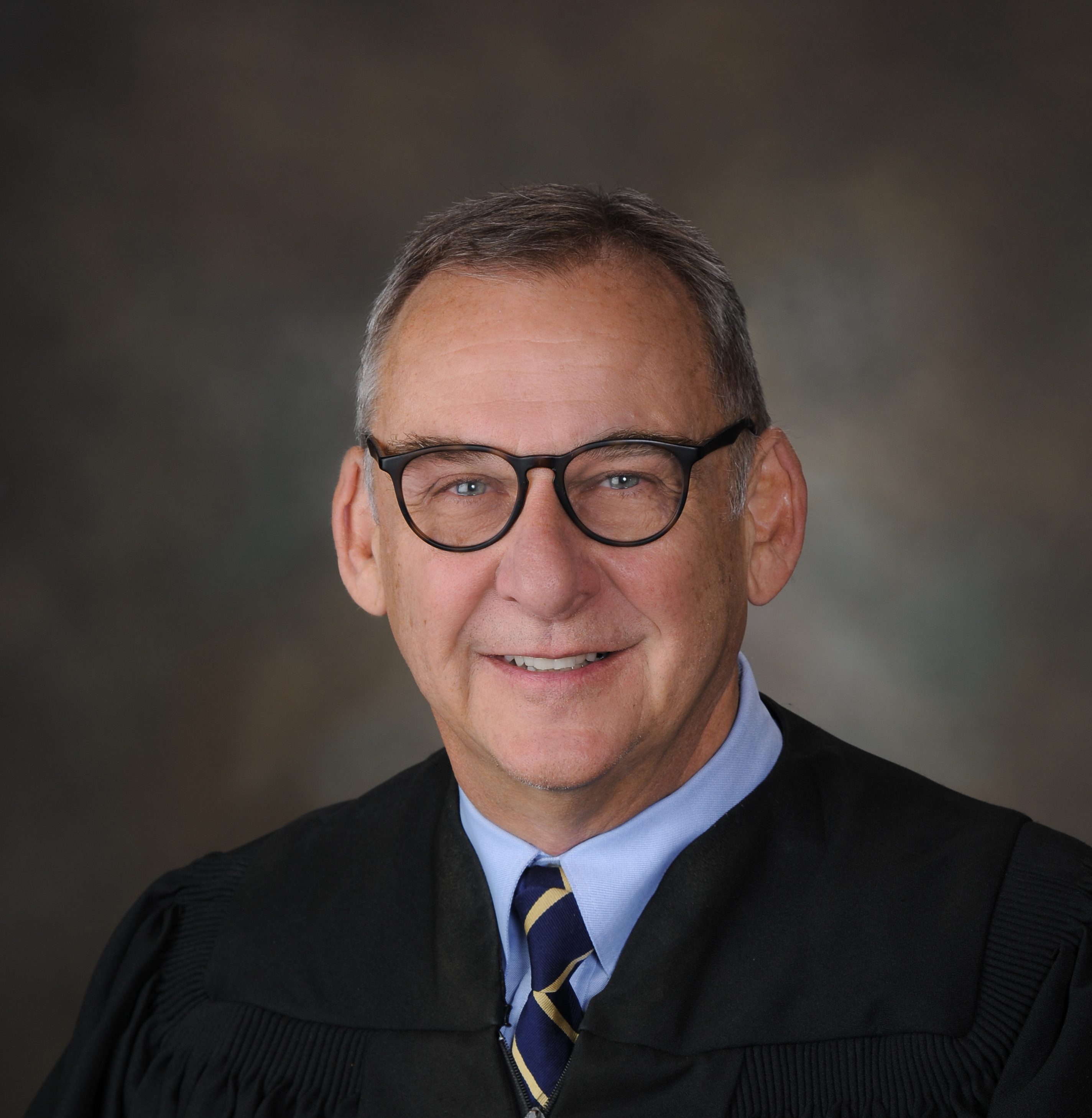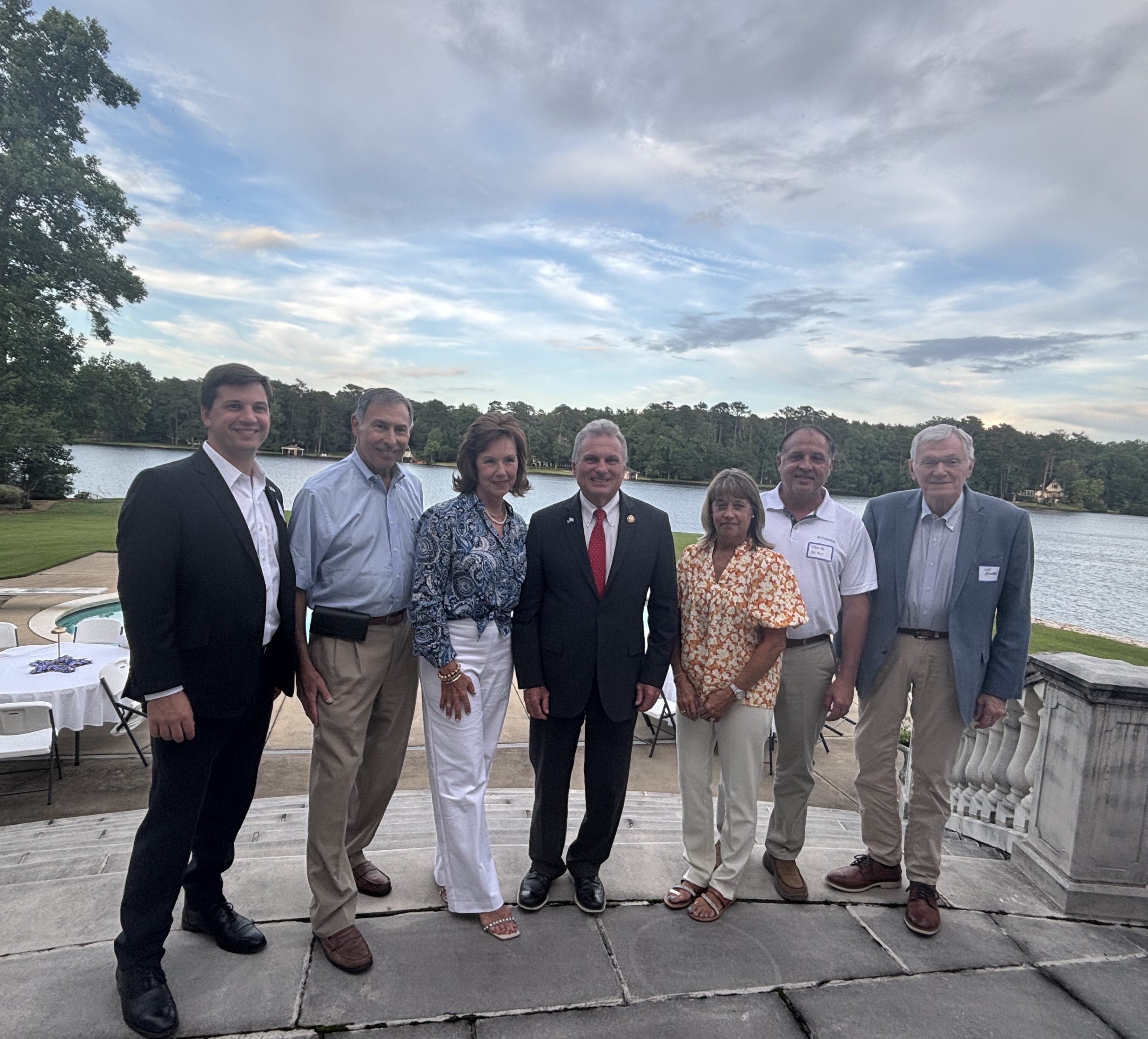Andersonville Civil War Reenactment
Published 5:13 pm Monday, October 9, 2023
At 10 a.m., on Oct 7th, the 10th Georgia Regiment made a salute to Captain Wirtz. Howard Stone, the commander of the 10th Ga Company of reenactors, gave an interview.
“This morning we’re going to have ten to fifteen soldiers. We’re the host unit here, we put this on. We’ll be the 44th New York, we’ll have to be the bad guys today. The sixteenth Georgia will be portraying the Confederates. To do the Wirtz memorial this morning we put on Confederate uniforms because captain Wirtz was confederate. He was the commandant of camp Sumter across the street.”
Stone mentioned conflicting views of Wirtz.
“Some people think he was a murderer, some people think he’s a martyr. He was one of the few folks hung for war crimes.”
A large metal replica of the civil war submarine The Hunley was sat on a trailer. Jack Cowart told how he and his daughter had built it.
“It’s been to several different public schools and some private schools. We’re just teaching history about men who got in a boat like this, did something no one has ever done before, and was victorious. They went out, they sunk an enemy ship, split the U.S.S. Housatonic in half, and of course all eight men on board died from that explosion.”
BJ Hetherton stood beside a tent, describing his gear.
“Cast iron cook wear, most of the cooking would be done over the fire, we cheat a little bit. We use a little bit of propane, so that’s not historically accurate, but for the most part everything is pretty good. Camp here with my family, wife and four kids.
My wife teaches historic dancing, of the time period, so 1850s, 1860s dances. We got started dancing, and then after that we went to a couple of reenactments they had balls at, we did the balls, then transitioned over to soldiering, and ever since then I’ve just been hooked.”
David Riker described their uniforms.
“This is wool and cotton. The idea is that the wool is fireproof or fire resistant. Especially on the field out here with black powder, wool will not flash. The cannons are actually firing black powder, so are the muskets. It produces a flame of about a thousand degrees Fahrenheit at about fifty feet forward of the barrel.”
Riker mentioned how their jobs aligned with their positions.
“Here, Lisa’s an RN, a nurse, Maurie’s a certified occupational therapist, and I’m a forty-year EMT. So we have a real world medical team, that if you see something happen on the field, we’re it.”
Riker talked about history, citing a relative who fought in the Civil War.
“On his benefit papers, there was a question. Did you own slaves? No. Where was the nearest slave to your house? 35 miles away. That’s not fighting for slavery. That’s fighting to keep the family farm. Why doesn’t the media cover that?”
He summarized his views.
“The point being the generic statement that the war was all about slavery leaves out all those other people. What about the other ones, like my family, who couldn’t afford a slave?”
Retired Master Sargent Howard Max Mullen told what had sparked his interest in reenactments.
“I was a member of the B company chapter down in Columbus Georgia. The 54th was all black, portrayed in the movie glory. I did that for a bit. I didn’t get into many of the reenactments due to my work. That’s how I got my love for military history.
You take the good and the bad. You learn from the bad so that it will never be repeated. But you don’t try to change your history.”
He also talked about his service in the military.
“I was inducted into the U.S. army Ranger Hall of Fame in 2013. I was also inducted into The Distinguished Member of the Ranger Training Hall of Fame.”
There was a cannon salute for Al Gladney, who had portrayed a private artillery man before dying of cancer, his ashes spread from the cannon blast. The second salute was to veterans, active-duty service members, and the crowd.
The battle commenced around three. Cannons boomed, and one sent a giant smoke ring wafting into the branches overhead. Babies cried while the Union troops held the line below behind a low barrier of wooden rails. Confederates advanced to the creek, using the bank for cover. Huge billows of smoke spread over the wooded valley as cannons and muskets roared. Cheers erupted as the Confederates advanced to the Union line, the battle ending when they reached it. Afterwards the crowd slowly dispersed, a couple of children running up the dirt path waving Confederate flags and toy swords.







